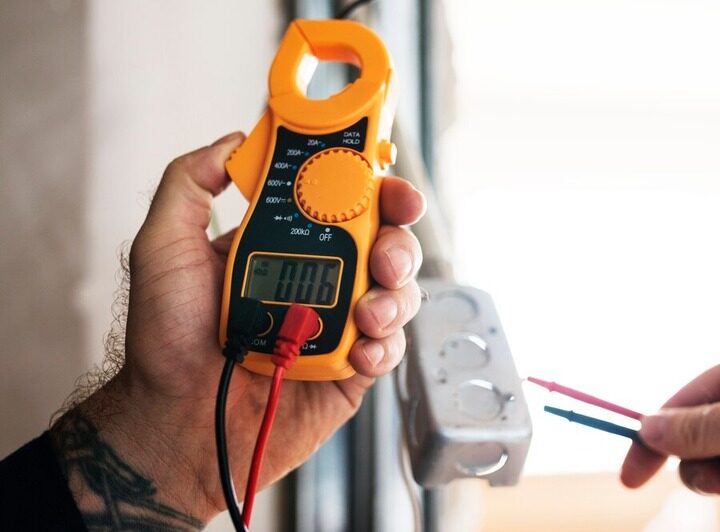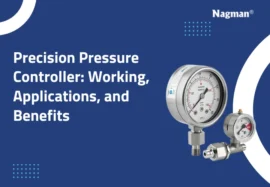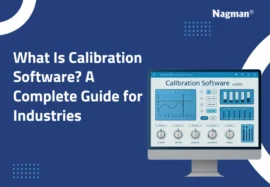Temperature and pressure calibrators compare the measurement of specific instruments to a reference device to establish the accuracy of the temperature or pressure instrument. Calibrated sensors minimize errors and uncertainties while complying with industry standards. Several industries, like aviation, pharmaceutical manufacturers, food manufacturing, etc., require calibrated sensors to judge temperature and pressure accuracy. Here, we have compiled a comprehensive temperature and pressure calibration guide to help you understand the major calibration standards.
ISO 9001 calibration
ISO 9001 is a widely accepted criterion for temperature calibrators and quality management systems. It can be used by any organization and sets requirements for its quality management system. The criteria emphasize adhering to clause 7.1.5 of the section Monitoring and Measuring Resource to consider as a minimum guideline for calibration. The calibration requirements, as mentioned by ISO 9001, are as follows:
- Organizations should ensure that the tools they use must be suitable for the right measurement activities.
- The tools and instruments must be under routine maintenance to ensure their best performance.
- Equipements must be calibrated regularly, adhering to national or international standards.
- The tools and equipment must be protected against damage that may hamper their reading.
ISO 17025 calibration
ISO 17025 assures a higher degree of accuracy and competence in temperature simulators. The main difference between ISO 17025 and ISO 9001 is technical competence. If an organization want to obtain IS 17025, satisfying the criteria of ISO 9001 is a must. Though IS 9001 and IS 17025 share many of the same principles, the later dig deep and focus more on management principles. While auditing for IS 17025, the organization must take care of the training level of laboratory in-charges, calibration equipment used and other environmental factors.
AS 9100 calibration
AS 9100 takes care of risk management and analysis. This is widely used in aviation, space, and defence organizations and emphasizes safety when developing and producing parts. According to National Quality Assurance Limited (NQA), the standard applies to organizations that “design, develop or provide aviation, space and defence products and services, including parts, components and assemblies”. A few of the clauses of AS 9100 include:
AS9110
The organization must back up their airworthiness operations with a thoroughly vetted calibration program; hence, the calibration vendor must be chosen carefully.
AS9115
The section focuses on calibration asset management and document control. Your organization must take cloud-based cyber security measures to ensure record integrity.
MIL-STD-45662 calibration
Set by the US Department of Defence, this is one of the earliest calibration standards. Though the standard was discontinued in 1995, the MIL-STD-45662 calibration laid the foundation for other standards like ISO 17025. The clause is relevant to organizations in the military and civilian sectors and sets a benchmark for collective uncertainties. Though organizations can’t be accredited to this standard anymore, they continue to calibrate their Pressure calibrators according to the clauses of MIL-STD-45662.
IATF 16949 calibration
Technically designed for the automotive supply chain, IATF 16949 is managed by IATF- International Automotive Task Force. The guideline specifically addresses calibrating temperature calibrators and calls out the need for ISO 17025-accredited calibration regardless of whether the calibrations are performed internally or externally. According to NQA “IATF 16949 emphasises the development of a process-oriented quality management system that provides for continual improvement, defect prevention and reduction of variation and waste in the supply chain”.
ISO 13485 calibration
This specification deals with organizations manufacturing medical devices and providing medical-related services. The clause also applies to companies that develop, produce, distribute, install or service medical devices. This standard ensures that all medical devices meet regulatory compliance laws and customer needs.
ISO 17025 calibration
ISO 17025 assures a higher degree of accuracy and competence in temperature simulators. The main difference between ISO 17025 and ISO 9001 is technical competence. If an organization want to obtain IS 17025, satisfying the criteria of ISO 9001 is a must. Though IS 9001 and IS 17025 share many of the same principles, the later dig deep and focus more on management principles. While auditing for IS 17025, the organization must take care of the training level of laboratory in-charges, calibration equipment used and other environmental factors.
Being an ISO 9001-2015 Certified Instrumentation Company, we offer temperature calibrator services that are robust and meet national standards and practices. Our comprehensive calibration lab packages provide appropriate levels of traceability and act as a quality management framework for industries and organizations. To learn more about our services, contact us now.






